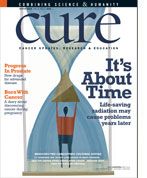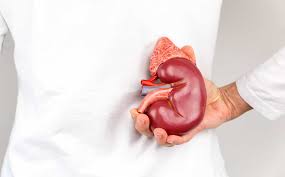Publication
Article
CURE
Online Tool Helps Childhood Cancer Survivors Monitor Late Effects
Author(s):
Online tool helps cancer survivors know what to look for years after treatment
The increase of five-year survival rates of childhood cancers to 80 percent signifies a need for research and awareness of late effects of cancer and its treatment. Late effects, such as heart failure or secondary cancers, can occur years after a person finishes treatment and affect more than two-thirds of childhood cancer survivors.
The National Children’s Cancer Society offers an interactive survey, the Late Effects Assessment Tool, for pediatric cancer survivors of any age to assess their risk of various late effects.
The survey takes a few minutes to complete and provides a comprehensive list of possible late effects, although risks vary according to cancer, treatment and individual patient characteristics. Survivors are encouraged to print out the completed report and discuss the possible late effects with their medical team to determine the best strategy for follow-up and screening for specific late effects. The report also includes a directory of clinics that adhere to the Pediatric Oncology Group Resource guidelines for childhood cancer survivors.
The tool, which the NCCS developed with Robert Hayashi, MD, the director of hematology/oncology at the St. Louis Children’s Hospital, requires registration, but all information is private, and users can opt-in to save their information with the site for later use. Information is updated twice a year to include the latest research and approved treatments for various cancers.





